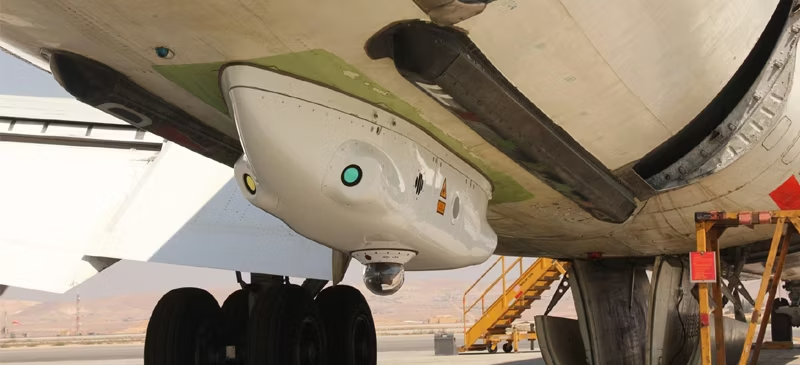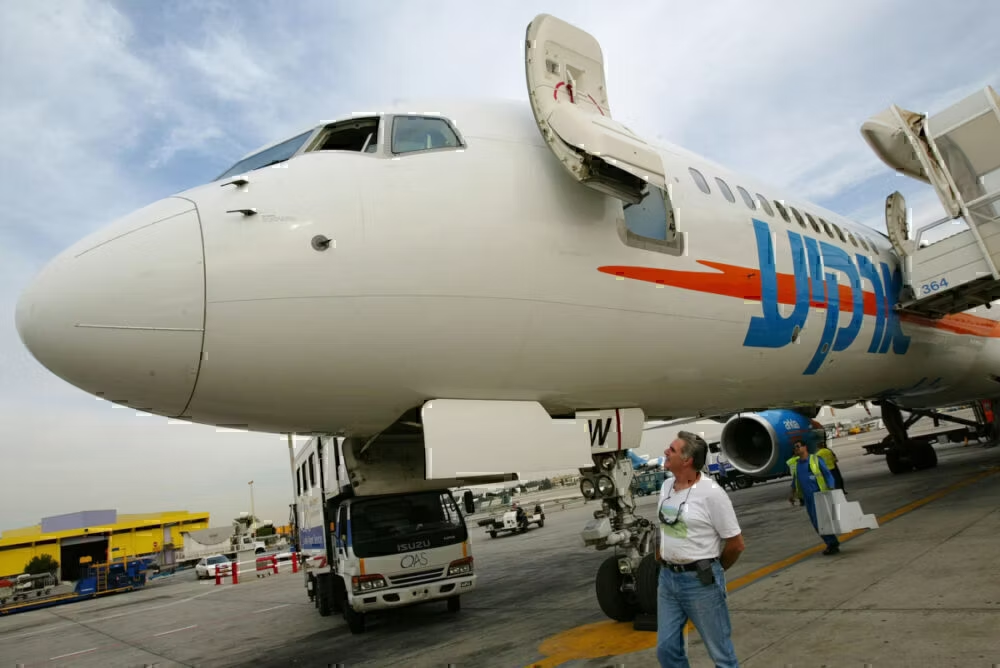𝙒𝙝𝙮 𝙄𝙨𝙧𝙖𝙚𝙡𝙞 𝘼𝙞𝙧𝙡𝙞𝙣𝙚𝙨 𝙃𝙖𝙫𝙚 𝘼𝙣𝙩𝙞-𝙈𝙞𝙨𝙨𝙞𝙡𝙚 𝘿𝙚𝙛𝙚𝙣𝙨𝙚𝙨 𝙊𝙣 𝙏𝙝𝙚𝙞𝙧 𝙋𝙡𝙖𝙣𝙚𝙨
Since 2004, Israeli airlines have flown with anti-missile systems onboard. Initially deployed by flag carrier El Al, the equipment was later rolled out to other Israeli carries, including Arkia and Israir. But what prompted this expensive and unusual investment in military technology for passenger jets?
Installing anti-missile systems
It was late 2004 when news emerged that Israel’s national airline was planning to install an anti-missile system on its passenger planes. The system, called Flight Guard, was an Israeli developed product and was going to cost $1 million per aircraft to fit. Initially, it was being installed on six of its aircraft, and if proven to be successful, would be rolled out onto all 30 of the airline’s planes.
And successful they were. Fast forward to today, and all El Al’s aircraft, as well as those of fellow Israeli airlines Arkia and Israir, have Flight Guard onboard. Flight Guard works through a Doppler radar system with antennas providing 360-degree coverage around the aircraft. Within seconds of a missile being detected, invisible flares are released to confuse and divert the missile.
The system is not without its controversy. When it was first installed, certain European authorities banned El Al from landing at their airports. The Swiss aviation authority was the first to enact the ban, citing concerns that the release of flares could cause panic and collateral damage on the ground.
Nevertheless, Israel’s airlines pressed ahead with their anti-missile systems and have recently begun upgrading to a new and improved version. The new countermeasure system, dubbed Sky Shield or C-MUSIC, was in development for over a decade before completing successful tests in 2014. It’s currently being rolled out on Israeli aircraft used to fly what the country calls ‘sensitive routes.’
 The C-MUSIC Sky Shield is installed under the fuselage. Photo: Elbit Systems
The C-MUSIC Sky Shield is installed under the fuselage. Photo: Elbit Systems
But why did the airlines need these drastic measures to fly safely?
The near-downing of Arkia’s Boeing 757
In 2002, a two-pronged terrorist attack took place in Mombasa, Kenya. The attack specifically targeted Israeli commodities – one an Israeli owned hotel in the city and the other an Arkia Airlines Boeing 757.
An all-terrain vehicle crashed into the Paradise Hotel, killing 13 people and injuring scores more. Almost simultaneously, two shoulder-launched missiles were fired at the Boeing 757 as it took off from Moi International Airport. The flight was a charter carrying tourists between Tel Aviv and Mombasa.
The missiles missed their intended target, thankfully. But the near-miss saw the immediate suspension of flights from Israel and spurred the development of anti-missile systems for airlines in the country.
 The 757 made it back to Tel Aviv safely. Photo: Getty Images
The 757 made it back to Tel Aviv safely. Photo: Getty Images
Although there are instances when military surface to air missiles have been deployed against civilian aircraft, including the downing of MH17 and the more recent Ukraine International Airlines disaster, the threat from terrorists is much more pressing.
When Moammar Gadhafi’s dictatorship in Libya fell in 2011, thousands of Man Portable Air Defense Systems or MANPADS were believed to be looted from the government’s armories. These shoulder-launched missiles are cheap and easy to use, and it is precisely this threat that the Israeli civil aircraft defense systems are designed to combat.
Israel remains the only country to have mandated this technology for its airlines. The rest of the aviation industry, however, remains skeptical.